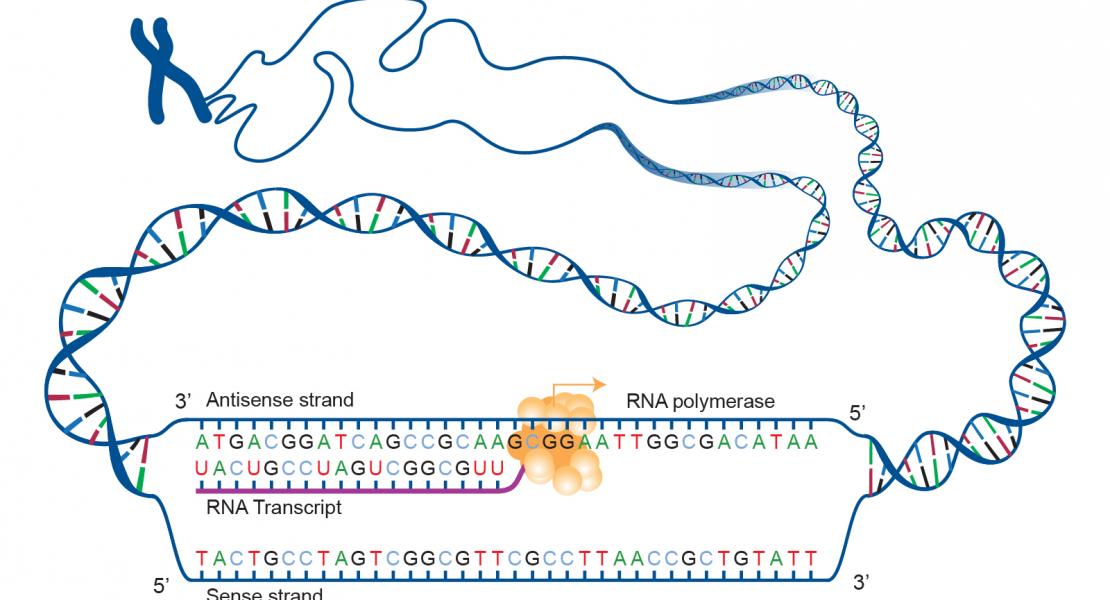MicroRNA-126-mediated control of cell fate in B-cell myeloid progenitors as a potential alternative to transcriptional factors

Abstract
Lineage specification is thought to be largely regulated at the level of transcription, where lineage-specific transcription factors drive specific cell fates. MicroRNAs (miR), vital to many cell functions, act posttranscriptionally to decrease the expression of target mRNAs. MLL-AF4 acute lymphocytic leukemia exhibits both myeloid and B-cell surface markers, suggesting that the transformed cells are Bcell myeloid progenitor cells. Through gain- and loss-of-function experiments, we demonstrated that microRNA 126 (miR-126) drives B-cell myeloid biphenotypic leukemia differentiation toward B cells without changing expression of E2A immunoglobulin enhancerbinding factor E12/E47 (E2A), early B-cell factor 1 (EBF1), or paired box protein 5, which are critical transcription factors in B-lymphopoiesis. Similar induction of B-cell differentiation by miR-126 was observed in normal hematopoietic cells in vitro and in vivo in uncommitted murine c-Kit+Sca1+Lineage− cells, with insulin regulatory subunit-1 acting as a target of miR-126. Importantly, in EBF1- deficient hematopoietic progenitor cells, which fail to differentiate into B cells, miR-126 significantly up-regulated B220, and induced the expression of B-cell genes, including recombination activating genes-1/2 and CD79a/b. These data suggest that miR-126 can at least partly rescue B-cell development independently of EBF1. These experiments show that miR-126 regulates myeloid vs. B-cell fate through an alternative machinery, establishing the critical role of miRNAs in the lineage specification of multipotent mammalian cells.
